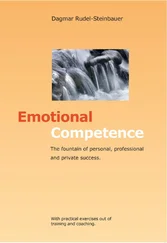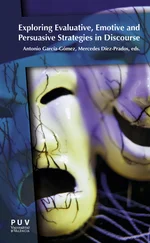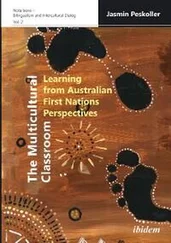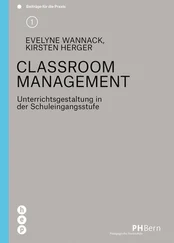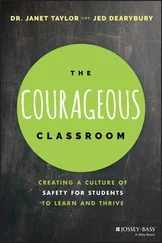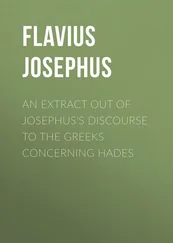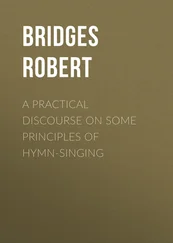Tsui, Amy B.M. (2008). “Classroom Discourse: Approaches and Perspectives.” In: Hornberger, Nancy H. (Ed.), Encyclopedia of Language and Education. Vol. 6: Knowledge about Language. 2 nded. Boston: Springer, 261–272.
Walsh, Steve (2014). “Developing Classroom Interactional Competence.” Language Issues 25:1, 4–8.
Walsh, Steve (2013). Classroom Discourse and Teacher Development . Edinburgh: Edinburgh University Press.
Walsh, Steve (2012). “Conceptualising Classroom Interactional Competence.” Novitas: Research on Youth and Language 6:1, 1–14.
Walsh, Steve (2011). Exploring Classroom Discourse: Language in Action. London/New York: Routledge.
Walsh, Steve/Li, Li (2016). “Classroom Talk, Interaction and Collaboration.” In: Hall, Graham (Ed.), The Routledge Handbook of English Language Teaching . London/New York: Routledge, 486–498.
Widdowson, H.G. (2002). “Language Teaching: Defining the Subject.” In: Trappes-Lomax, Hugh/Ferguson, Gibson (Eds.), Language in Language Teacher Education . Amsterdam/Philadelphia: John Benjamins, 67–81.
Conceptualizing Teachers’ L2 Classroom Discourse Competence (CDC): A Key Competence in Foreign Language Teaching
Katrin Thomson
Existing models of FL teachers’ professional competence mark L2 competence as an important component of language teacher professionalism – along with the different types of professional knowledge as defined by Shulman (1986, 1987). Target language proficiency as such, however, does not automatically enable language teachers to professionally perform the complex discoursal tasks required of them in the L2 classroom. FL teachers also need to develop L2 classroom discourse competence (CDC) if interactional and communicative processes in classroom contexts are supposed to be effective and promote student learning. In this chapter, I will first revisit existing conceptualizations of language teachers’ professional competence in order to explain the rationale for expanding and revising those so as to mark CDC not simply as an additional but arguably the most crucial competence in foreign language teaching. I will then present my conceptualization of CDC and – synthesizing the issues discussed here – conclude this chapter with a definition of CDC.
1 Introduction: (Language) Teachers’ Professional Competence
The past ten or so years have seen a marked shift from conceptualizing, assessing and evaluating learner competences towards defining and researching teachers’ professional competences – especially within the academic fields of general pedagogy and education (cf. König 2014: 22), but also increasingly so in individual subject domains such as TEFL. This ever-growing interest in teachers’ professional competences is, for instance, reflected in scholarly discussions about how ‘professional competence’ can be defined and conceptualized. Aiming to systematically capture those factors and aspects that shape and influence teachers’ professional competence, generic competence models have been developed (e.g. Baumert/Kunert 2006, Blömeke 2011, Blömeke et al. 2015). These are based on two general notions: (1) ‘Professional competence’ is a highly complex, multidimensional construct. It develops gradually and along a continuum. (2) Teachers’ cognitive resources (i.e. different types of knowledge), affective dispositions (i.e. teachers’ attitudes, beliefs, values etc.) and skills (i.e. teachers’ abilities to strategically and adequately use their intrapersonal resources in specific classroom situations) need to be considered as core dimensions of teacher professionalism (cf. Baumert/Kunter 2006: 481).
There is widespread consensus that teachers’ professional knowledge plays a crucial role in gaining professional competence. Thus, in seeking to further define teachers’ complex professional competence in the school subjects they teach, much attention has been directed to conceptualizing and researching teachers’ professional knowledge and its subtypes. In the scholarly discourse in Germany, Shulman’s (1987) taxonomy with its distinction between content knowledge (CK, Fachwissen ), pedagogical content knowledge (PCK, fachdidaktisches Wissen ) and general pedagogical knowledge (GPK, allgemeines pädagogisches Wissen ) has proven to be most influential in the past few years (see Fig. 1).
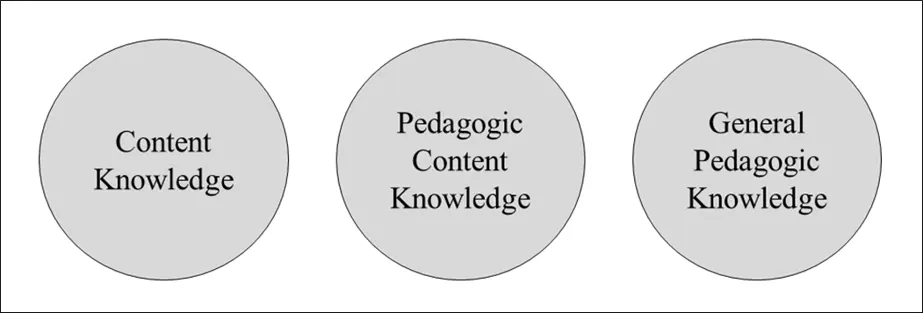 Fig. 1:
Fig. 1:
Teachers’ Professional Knowledge (based on Shulman 1987)
Here, Shulman’s work has prompted researchers of various academic disciplines to specify (and test) these different knowledge repositories. With regard to TEFL and EFL teacher education, the research projects by Roters et al. (2011), Roters et al. (2013) and Kirchhoff (2016, 2017) are particularly noteworthy as they have made a major contribution to gaining a more precise understanding of what constitutes EFL teachers’ professional knowledge . Research along these lines is increasingly developing in Germany (cf. Legutke/Schart 2016: 13).
For a more differentiated and comprehensive exploration of EFL teachers’ professional competence , however, other components than Shulman’s categories have to be taken into account as well. This includes, first and foremost, teachers’ classroom discourse competence (CDC) which is considered here as a key competence of foreign language teachers. Going far beyond the mere notion of teachers’ L2 proficiency, CDC denotes language teachers’ competence “to structure and organize classroom discourse through professional use of the L2 (and other languages) in FL teaching and learning contexts. Language teachers’ (verbal) actions and classroom discourse tasks, then, are carried out purposefully and in ways that promote student learning. Moreover, teachers’ discoursal practices manifest themselves in classroom context-adapted decision-making, which – among other factors – is based on extensive professional knowledge, pedagogic reflections and discourse awareness.” (Thomson, “Introduction”, this volume).2 Such an understanding of CDC clearly implies that mastering classroom discourse tasks in the foreign language classroom requires more than just general target language proficiency. There is a pedagogical, i.e. professional dimension to CDC, which however has received too little attention in the scholarly discussion so far.
2 Overview: Existing Concepts, Recent Developments and Current Challenges
2.1 Target Language Proficiency vs. L2 Classroom Discourse Competence – Terminological Issues
In scholarly discussions about FL-related dimensions of language teachers’ professional competence, a plethora of different terms and concepts has emerged. These include, among others: teachers’ ‘linguistic skills’, ‘linguistic abilities’, ‘linguistic competences’ (all in Kuster et al. 2014a), ‘classroom interactional competence’ (Walsh 2006 and ff.), ‘target language proficiency’ (Richards et al. 2013), ‘profession-related language competence’ (Kuster et al. 2014a), ‘classroom discourse competence’ (Thomson 2020a), or with regard to publications in German, ‘ (didaktische) kommunikative Kompetenzen (Hallet 2006), ‘ Sprachkönnen in der Fremdsprache ’ (KMK 2019), ‘ Sprachkompetenz ’ (Bleichenbacher et al. 2016), ‘ sprachpraktische Kompetenzen ’, ‘ sprachpraktische Fähigkeiten’ (both in Roters et al. 2013), ‘ sprachliche Handlungsfähigkeit ’ (Roters et al. 2014) and ‘ fremdsprachenunterrichtliche Diskurskompetenz ’ (see Thomson, “Introduction” in this volume) – to name but a few. This variety of different labels is an indicator of a certain terminological and conceptual indeterminacy as regards the question of what language-related aspects actually contribute to teachers’ professionalism. After all, terms such as ‘language proficiency’ or ‘linguistic skills’ on the one hand carry different implications than, for instance, ‘profession-related language competence’ or ‘classroom discourse competence’ on the other: the latter denote context-specific professional competences with a clearly marked pedagogical dimension. This dimension, however, is missing from the first two terms (‘language proficiency’, ‘linguistic skills’), as is the aspect of context-specificity, i.e. the context of the language classroom, including its related learning environments beyond those spatial boundaries. Hence, it would be somewhat problematic to use these terms synonymously or to ignore the professional, pedagogical dimension in teachers’ classroom discourse competence altogether.
Читать дальше
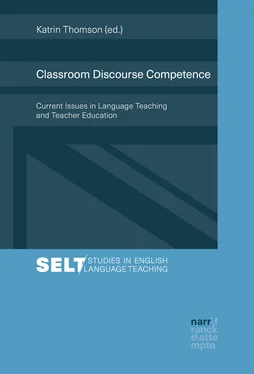
 Fig. 1:
Fig. 1: